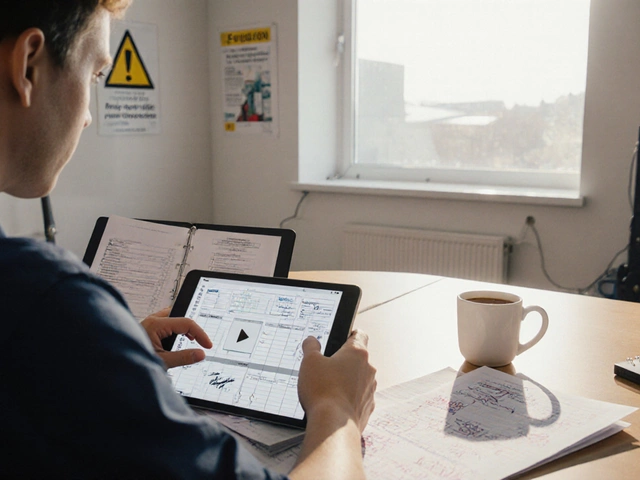Welding Courses: Fast-Track Your Skills with GoSkill Training
If you’re looking to start a welding career or just want to add a hands‑on skill to your resume, the right course can make all the difference. At GoSkill Vocational Training we break down the options so you can pick a path that fits your schedule, budget, and goals.
How Long Does It Take to Learn Welding?
Most beginners can grasp the basics in 4‑6 weeks of full‑time training. That covers safety rules, equipment handling, and fundamental joints like butt, lap, and fillet welds. If you go part‑time, expect around 3‑4 months to reach a comfortable skill level. The key is practice: spending a few hours a day on a machine speeds up muscle memory and confidence.
Beyond the intro, advanced techniques such as MIG (Metal Inert Gas) and TIG (Tungsten Inert Gas) take an extra 2‑3 weeks each. MIG is great for thicker metal and faster builds, while TIG shines on thin material and precise work. Choose one to master first based on the jobs you want – many entry‑level positions ask for MIG skills, while specialist roles like aerospace or automotive may prefer TIG.
Choosing the Right Welding Course
First, decide whether you need a certification. In the UK, the City & Guilds NVQ Level 2 in Welding is the most recognized entry‑level credential. It proves you can work safely and produce quality welds on the job. If you aim for higher pay, look for courses that also cover NVQ Level 3 or the British Institute of Non‑Destructive Testing (BINDT) certification.
Next, think about delivery mode. On‑site workshops give you direct access to welders, gas tanks, and real‑world troubleshooting. Online theory modules are handy for the classroom part – they cover metal properties, reading drawings, and safety regulations. Combining both gives you the best of practice and flexibility.
Cost is another factor. Short intensive courses can run from £500‑£800, while full‑time programmes that include certification may cost £1,200‑£1,800. Many employers sponsor training if you commit to stay for a set period, so ask about apprenticeship options.
Finally, check the course’s track record. Look for reviews that mention job placement rates, hands‑on hours, and instructor experience. A good sign is a partnership with local manufacturers or trade unions – that often leads to apprenticeships or direct hires.
When you sign up, bring a notebook, safety glasses, and an open mind. Welding isn’t just about heating metal; it’s about reading plans, measuring cuts, and troubleshooting problems on the fly. The more you ask questions during labs, the quicker you’ll improve.
Once you finish, update your CV with the exact qualification name, the hours of training, and any special equipment you mastered. Highlight projects you completed – a small fabricated gate or a welded frame – to give employers proof of your ability.
Ready to start? Browse GoSkill’s welding course list, pick the style that matches your career plan, and book your first session. With the right guidance, you’ll be welding confidently in just a few weeks.






